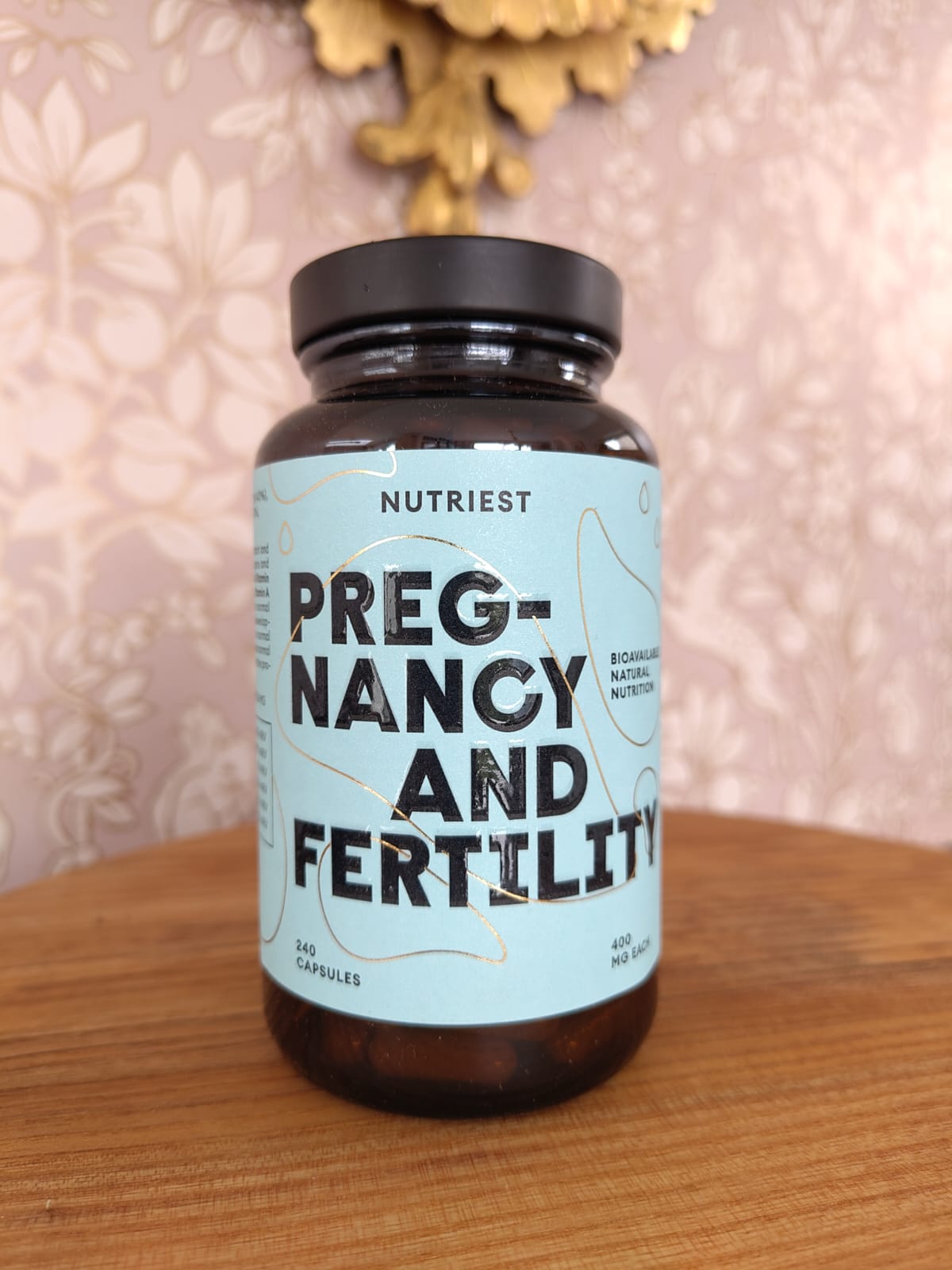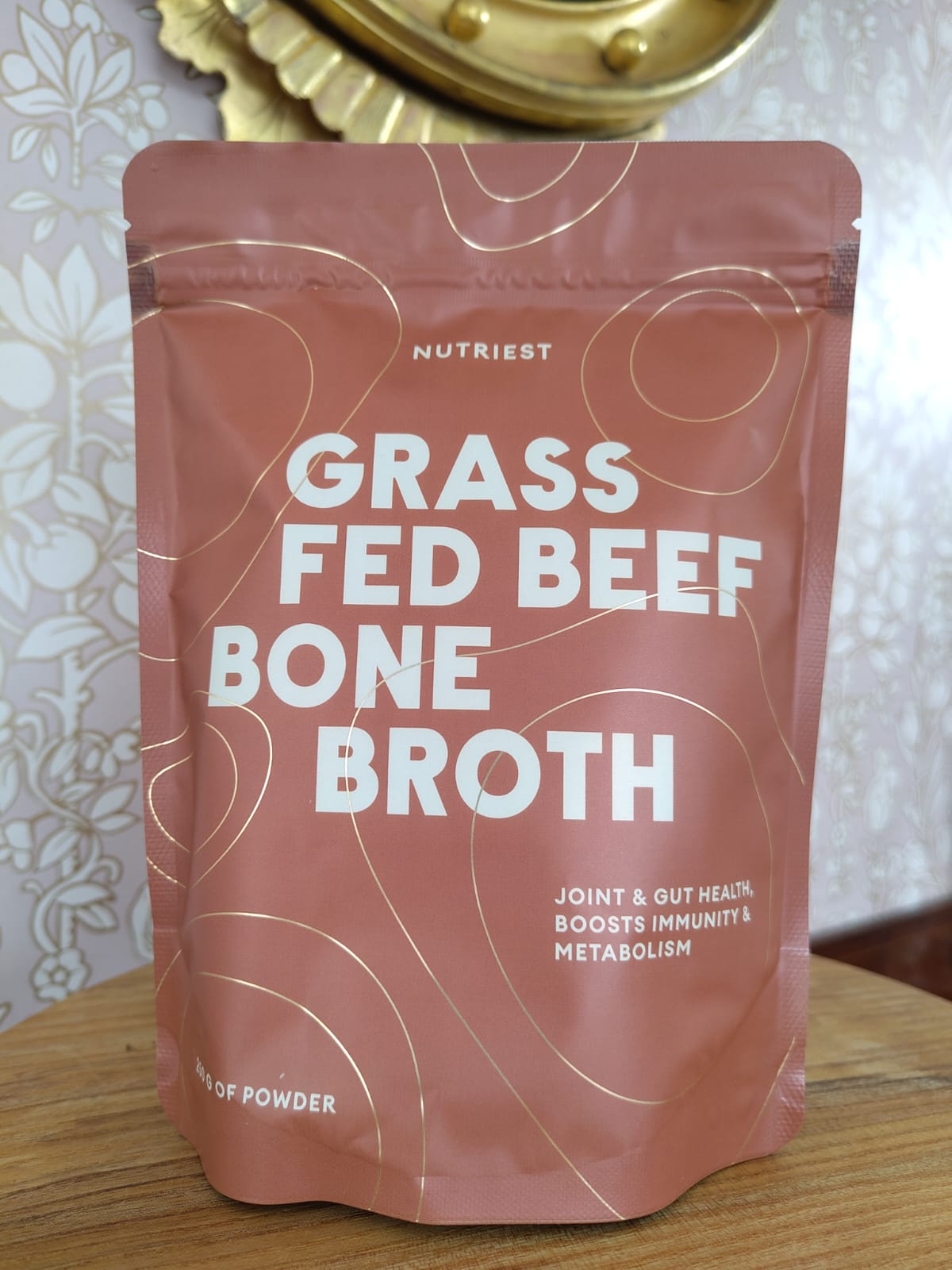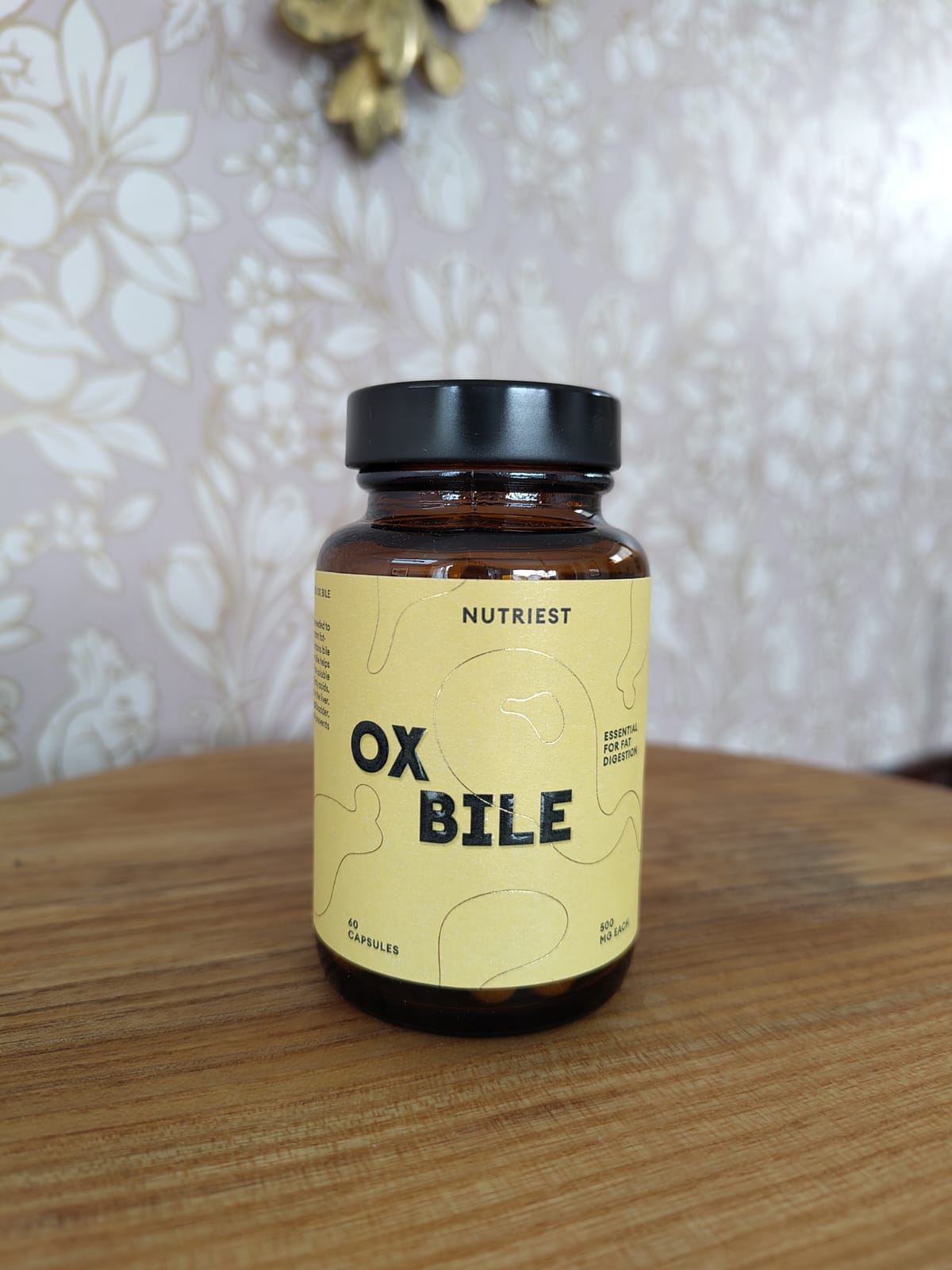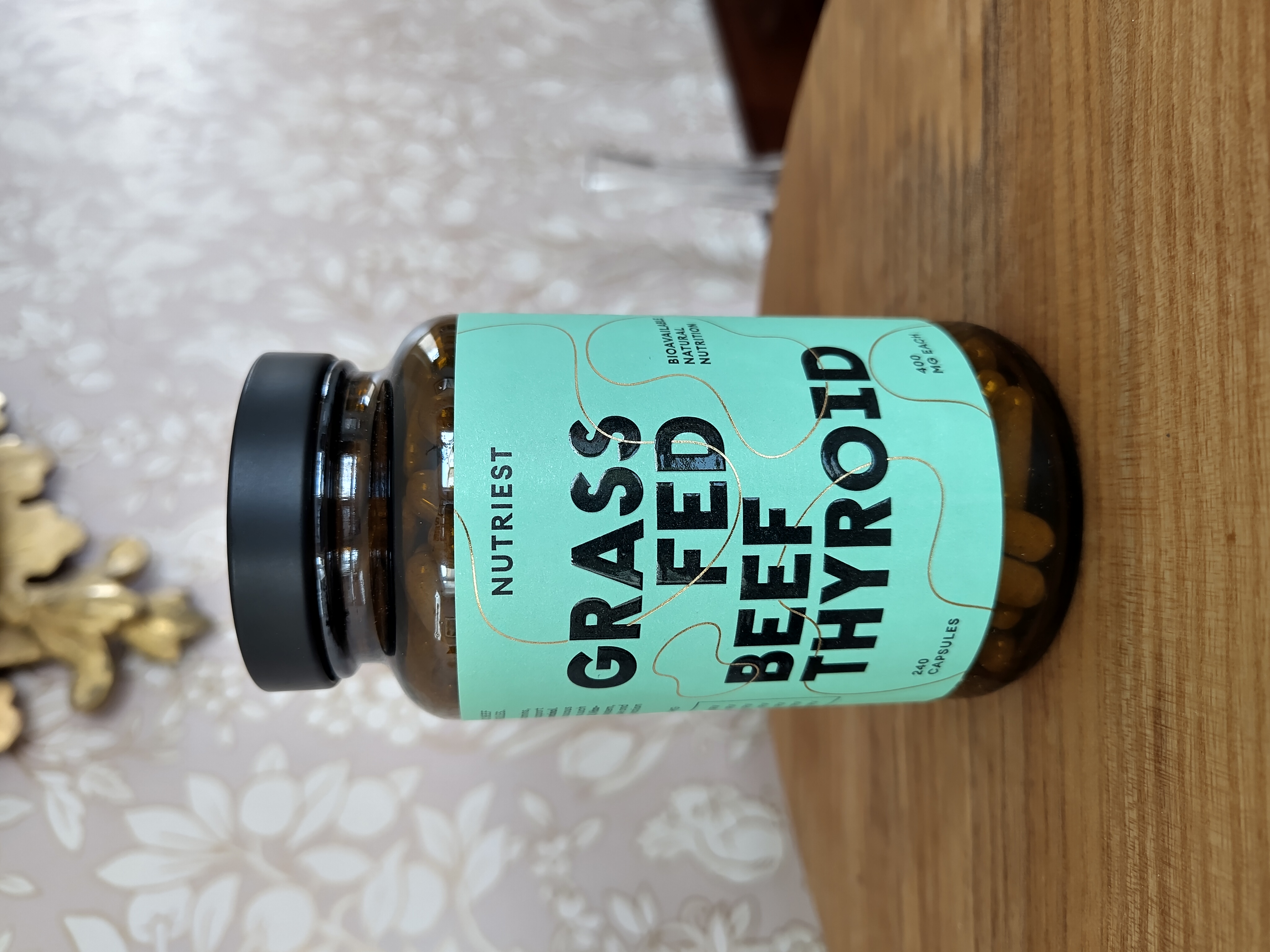A recent review of Gardasil quadrivalent, Gardasil 9 and Cervarix human papillomavirus (HPV) vaccines uncovered some very disturbing facts about the trials. The review by Martinez-Lavin and Amezcua-Guerra (2017) discusses both randomised controlled trials (RCTs) and post marketing safety reviews in various countries. The review is very critical of the standard of trials and highlights serious flaws in how the research was gathered and analysed (as only Gardasil quadrivalent is offered in Irish schools I will only discuss these studies and only studies which have been conducted on girls).
All studies funded by manufacturer
What is fundamental to the issue of the safety of this vaccine is the source of funding. All these studies were funded by the manufacturer. In other words, the company with a vested, financial interest in having a positive result controlled the data and how the paper was written. In the United States, a 3 shot course of Gardasil costs $360, if 4 million children (average number of babies born annually in the US) received the full course of this vaccine Merck would make $144,000,000 each year in the US alone. Table 1 lists the relevant studies and their funding sources. Disclosure statements are taken directly from the studies.
Table 1
| 1st author & year of publication | Funding & conflicts of interest |
| Garland (2007) |
Supported by Merck Research Laboratories, a division of Merck, which funded the study in its entirety.
Dr. Garland reports receiving advisory board fees and grant support from Commonwealth Serum Laboratories and GlaxoSmithKline and lecture fees from Merck; Dr. Hernandez-Avila, consulting and advisory board fees and grant support from Merck; Dr. Wheeler, grant support from Merck and GlaxoSmithKline; Dr. Perez, consulting fees, advisory board fees, and lecture fees from Merck; Dr. Koutsky, grant support from Merck; Dr. Harper, consulting fees, advisory board fees, lecture fees, and grant support from Merck and GlaxoSmithKline; Dr. Ferris, advisory board fees, lecture fees, and grant support from Merck and consulting fees and grant support from GlaxoSmithKline; and Dr. Steben, consulting fees, advisory board fees, and lecture fees from Digene, Merck Frosst, GlaxoSmithKline, and Roche Diagnostics and grant support from Merck Frosst and GlaxoSmithKline. Drs. Bryan, Taddeo, Railkar, Esser, Sings, Nelson, Boslego, Sattler, and Barr report being current or former employees of Merck Research Laboratories, a division of Merck, and owning stock or holding stock options, or both, in the company. No other potential conflict of interest relevant to this article was reported. |
| Muñoz (2009) |
Role of the funding source The studies were designed by the sponsor in collaboration with external investigators and an external data and safety monitoring board. The sponsor collated the data, monitored the conduct of the study, did the statistical analysis, and coordinated the writing of the report with all authors. The authors were actively involved in the collection, analysis, or interpretation of the data; the revising of the manuscript for intellectual content; and approved the final manuscript. All authors had access to data and took part in the decision to submit for publication.
Conflicts of interest NM has received honoraria from Merck and Sanofi -Pasteur MSD, and is a member of the Merck global advisory board for HPV vaccine as well as a member of Sanofi -Pasteur MSD HPV steering committee. JL has received travel, speaker, and investigator grants from Sanofi -Pasteur MSD. JM has undertaken HPV vaccine studies for Merck and GlaxoSmithKline, and is on the medical advisory board for GlaxoSmithKline, Geneprobe, Sanofi -Pasteur MSD, Roche, and Abbott diagnostics. KA has undertaken HPV vaccine studies for Merck and GlaxoSmithKline, and has acted as a consultant to Merck. EM has served as a consultant to Merck. NM, JL, KA, JM, EM, and CC are members of the Merck HPV steering committee. OB, SH, JB, FJT, MTE, SV, EB, AS, and RH are employees of Merck and potentially own stock and/or stock options in the company. Acknowledgments Merck Research Laboratories, a Division of Merck, funded this study in its entirety. |
| Reisinger (2007) | Role of the funding source The studies designed by the sponsor (Merck and Co., Inc.) in collaboration with clinical site investigators. The sponsor collected the data, monitored the conduct of the study, performed the statistical analysis and coordinated the writing of the manuscript with all authors. |
| Villa, (2005) |
Role of the funding source Sponsor staff and clinical-site investigators designed the study. Sponsor staff were responsible for field monitoring, data entry, data review (including integrity and consistency checks), testing of clinical samples for HPV DNA and HPV immune responses, and analysis of data
Conflict of interest E Barr, M T Esser, K U Jansen, F J Taddeo, A J Saah, J Yu, L Lupinacci, R Railkar, H L Sings, and G M Tamms are employees of Merck Research Laboratories, a division of Merck & Co, and potentially own stock and hold stock options in the company, or both. Merck is developing the quadrivalent HPV vaccine and funded this clinical trial. K A Ault, D R Brown, D M Harper, R J Kurman, F E Skjeldestad, and L L Villa have received honoraria from Merck Research Laboratories given for consultation work or membership in the Phase III HPV Vaccine Steering and Registries Oversight Committees, or both, during the past 2 years. A Ferenczy, R J Kurman, B M Ronnett, and M H Stoler are members of the HPV Vaccine Program Pathology Panel. As such, they have been paid for developing the Panel’s standard operating procedures and for histopathological readings of biopsy slides. R P Andrade, K A Ault, D R Brown, R L R Costa, A R Giuliano, L A Koutsky, R J Kurman, M Lehtinen, C Malm, C A Petta, F E Skjeldestad, D M Harper, and C M Wheeler led clinical sites that participated in the study and were compensated for all activities related to execution of the study. They are also receiving similar funding for their work on Merck’s HPV vaccine phase III programme. L L Villa and A Ferenczy have been given honoraria for lectureships on behalf of Merck’s HPV vaccine programme. D R Brown, A R Giuliano, L L Villa, and C M Wheeler have been paid for consultations regarding the HPV vaccine programme in men. K A Ault is a member of Merck’s HPV Vaccine Obstetrics and Gynecology Advisory Board and as such receives honoraria for consultative work. D M Harper is a member of Merck’s HPV Vaccine Young Adult Primary Care Advisory Board. F E Skjeldestad has received funding from Merck Research Laboratories in support of a natural history study of HPV disease in young Norwegian women. Acknowledgments Merck Research Laboratories (West Point, PA, USA), a division of Merck & Co, funded this study in its entirety. |
| Yoshikawa (2013) | Disclosure Statement H.Y. and K.N. received lecture, advisory and travel fees from MSD K.K. Y.T. and K.E. are employees of MSD K.K., a group of Merck Sharp & Dohme Corp., a subsidiary of Merck & Co., Inc., Whitehouse Station, NJ, USA. |
Aluminium in the vaccine and “placebo”
In order to trigger a reaction in the immune system of the recipient an adjuvant is added to the vaccine. In the case of Gardasil, 225μg of amorphous aluminium hydroxyphosphate sulfate is used. Side effects of aluminium include:
- Can bind to ATP (the energy molecule in our bodies) thus altering energy metabolism
- Can alter DNA and regulation and expression of genes
- Can damage the outer wall of cells and the insulating layer of nerves
- Increased risk of cardiovascular disease (Mercola, 2016)
So it isn’t surprising that a common side effect of the vaccine is chronic fatigue and constant pain. In RCTs on medications, supplements and vaccines a saline placebo is usually used, this is a harmless substance and is used to compare the effects (good and bad) of the substance being tested. Shockingly, apart from Reisinger et al. (2007), all of the RCTs on Gardasil were conducted using an aluminium adjuvant as the placebo (Table 2). Why would this be used if not to mask the myriad of side-effects of this well-known neurotoxin and claim there was no significant difference between the two groups?
Table 2
| 1st author & year of publication | “Placebo” used |
| Garland (2007) | The quadrivalent HPV-6/11/16/18 L1 virus-like–particle vaccine with amorphous aluminum hydroxyphosphate sulfate (Gardasil, Merck) as an adjuvant and the aluminum-containing placebo were visually indistinguishable and have been described elsewhere. |
| Muñoz (2009) | Visually indistinguishable aluminium-containing placebo |
| Reisinger (2007) | “The placebo used in this study contained identical components to those in the vaccine with the exception of HPV L1 VLPs* and aluminum adjuvant” |
| Villa, (2005) |
The active quadrivalent vaccine was a mixture of four recombinant HPV type-specific VLPs (Merck Research Laboratories, West Point, PA, USA) consisting of the L1 major capsid proteins of HPV 6, 11, 16, and 18 synthesised in Saccharomyces cerevisiae. The four VLP types were purified and adsorbed onto amorphous aluminium
hydroxyphosphate sulfate adjuvant. The placebo consisted of the same adjuvant. |
| Yoshikawa (2013) | The placebo consisted of the same adjuvant without VLP* and was visually indistinguishable from vaccine. |
* virus-like particle – HPV strains
Until there are independently funded studies which use a true placebo and compare it to Gardasil it is impossible to say the vaccine is safe and the side effects are minimal.
Unpublished studies?
Another area of concern regarding these studies is we do not know how many other RCTs may have been carried on Gardasil by Merck out but produced unfavourable results and have not been published. A similar situation occurred with the influenza medication Oseltamivir (Tamiflu) by Roche. They selectively published results which indicated it was effective in reducing influenza duration and symptoms, resulting in governments around the world spending billions stockpiling it. When Roche eventually and after much public pressure released the full trial data it was actually found to be ineffective and potentially hazardous to those taking it (BMJ, 2012; Irish Times, 2014)
Other areas of concern found in review paper
Some of the findings by Martinez-Lavin and Amezcua-Guerra (2017) of the post marketing safety reviews were also worrisome.
- A Canadian follow up found 10% people who received the HPV vaccine had to visit an emergency department within 42 days of receiving the vaccine!!
- In Spain, adverse reactions to the HPV vaccine were 10 times higher than reactions to other vaccines in girls, with 32% of the HPV vaccine reactions being described as “severe”.
- Asian reviews found joint and muscle pain was significantly increased in HPV vaccine recipients (relative risk (RR): 1.94; 95% CI 1.55–43 and RR: 1.84; 95% CI 1.61–2.10 respectively) compared to control groups.
References
BMJ, 2012. https://www.sciencedaily.com/releases/2012/10/121030143031.htm
Garland, S. M., et al., 2007. Quadrivalent vaccine against human papillomavirus to prevent anogenital diseases. N Engl J Med, 356:1928–1943.
Irish Times, 2014. https://www.irishtimes.com/news/health/billions-wasted-on-unproven-flu-drug-report-claims-1.1757235
Martínez-Lavín, M., and Amezcua-Guerra, L., 2017. Serious adverse events after HPV vaccination: a critical review of randomized trials and post-marketing case series. Clin Rheumatol, DOI 10.1007/s10067-017-3768-5.
Mercola, 2016. http://articles.mercola.com/sites/articles/archive/2016/04/03/aluminum-vaccine-health-effects.aspx
Muñoz, N., et al., 2009. Safety, immunogenicity, and efficacy of quadrivalent human papillomavirus (types 6, 11, 16, 18) recombinant vaccine in women aged 24-45 years: a randomised, double blind trial. Lancet, 373:1949–1957.
Reisinger, K. S., et al., 2007. Safety and persistent immunogenicity of a quadrivalent human papillomavirus types 6, 11, 16, 18 L1 virus-like particle vaccine in preadolescents and adolescents: a randomized controlled trial. Pediatr Infect Dis J, 26:201–209.
Villa, L. L., et al., 2005. Prophylactic quadrivalent human papillomavirus (types 6, 11, 16, and 18) L1 virus-like particle vaccine in young women: a randomised double-blind placebo-controlled multicentre phase II efficacy trial. Lancet Oncol, 6:271–278.




